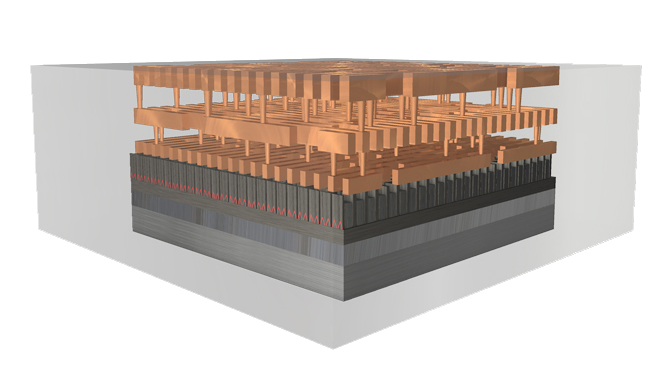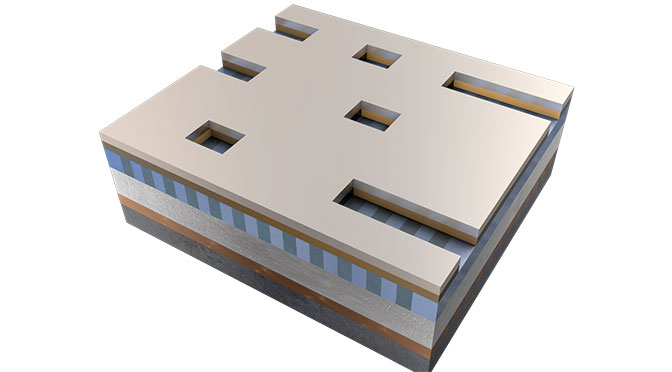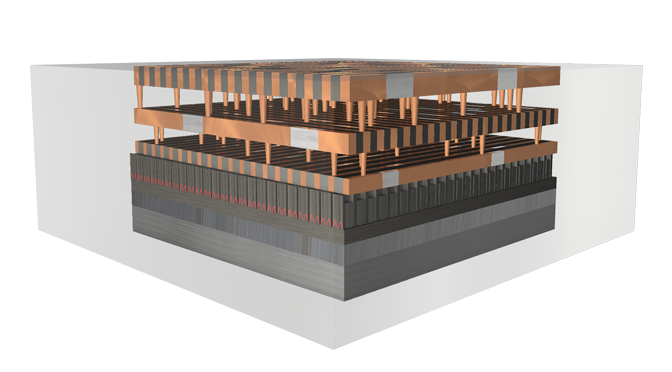Advanced Patterning for Enabling
Next‑Generation Devices As device geometries shrink, the complexity of patterning required to create the template that defines the features of a device is growing. Patterning approaches have shifted from lithography-reliant bidirectional to unidirectional, with the number of deposition and etch steps increasing significantly.
Next‑Generation Devices As device geometries shrink, the complexity of patterning required to create the template that defines the features of a device is growing. Patterning approaches have shifted from lithography-reliant bidirectional to unidirectional, with the number of deposition and etch steps increasing significantly.
The animations below illustrate some of the challenges encountered and state‑of‑the‑art patterning techniques used in creating today’s leading‑edge devices.
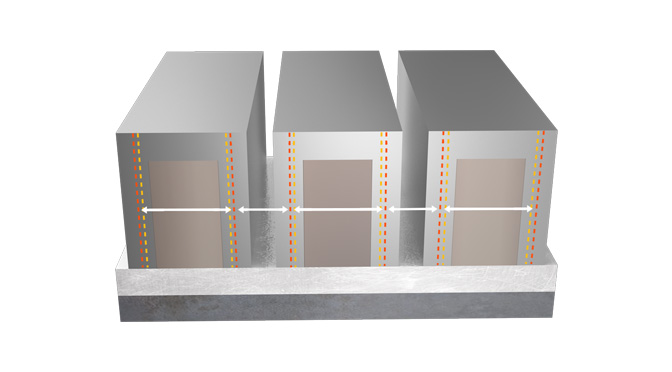
Pitchwalking
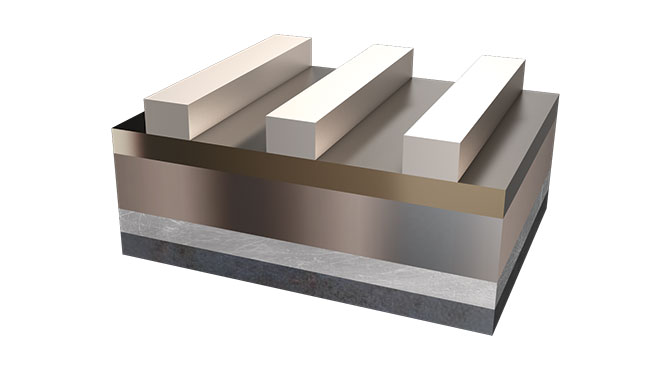
SAQP Eases
Litho Resolution
Self-aligned quadruple patterning effectively decreases the lithography resolution by 4x using a spacer-based patterning approach with one lithography step and two spacer depositions.Litho Resolution
SUMMARY
Self-Aligned Multi-Patterning and materials engineering will be major contributors to minimizing EPE, the most critical factor limiting scaling. In the future, 80% of the patterning market will depend on materials‑enabled solutions.
With our breadth and depth of capabilities in materials engineering, Applied Materials systems can address the variations leading to pitchwalking and EPE, thereby enabling the fabrication of the semiconductor industry’s most advanced devices.
